The Ramones 1978: Live in Minneapolis
In 1978 the Ramones came to the Twin Cities for the second time and put on a concert at the State Theater in downtown Minneapolis. Producer/cameraman Tom Adair helmed this video about the band for the KTCA (Channel 2) magazine show Wyld Ryce. Thank goodness he had the foresight; because what we have here is an incredible document of the changing musical landscape, and one of the most important bands of the 20th century in their prime!
The video is filled with late 70's rhetoric about this new confusing music known as punk rock. "What is it? Is it tribal ritual?" We can all have a chuckle in hindsight, but the element that captivates me the most is how damn exciting the band still looks and sounds in their performance. The source material for this piece is not ideal, it comes from a VHS tape provided by Tom Adair, who was kind enough to give us some behind-the-scenes photos and answer a few questions about this production.

Interview with Tom Adair
What was your role at KTCA at the time?
Tom: KTCA (long before it was called TPT) was a very different place in 1978. It had gone through a long management change and a new staff of producers were trying to bring the productions up to a higher level than what the (educational) station had been doing in the past.
It was a very exciting time to be working there as there was kind of an anything goes atmosphere in the air.
One of the new shows added to the broadcast schedule was a show I was hired to work on as videographer and segment producer: the cultural show called Wyld Ryce. It was designed to showcase the local artists and art institutions as well as visiting artists to the area. The executive producer was pretty open to what seemed some very wild suggestions for segments for the show and I was happy to do just that.
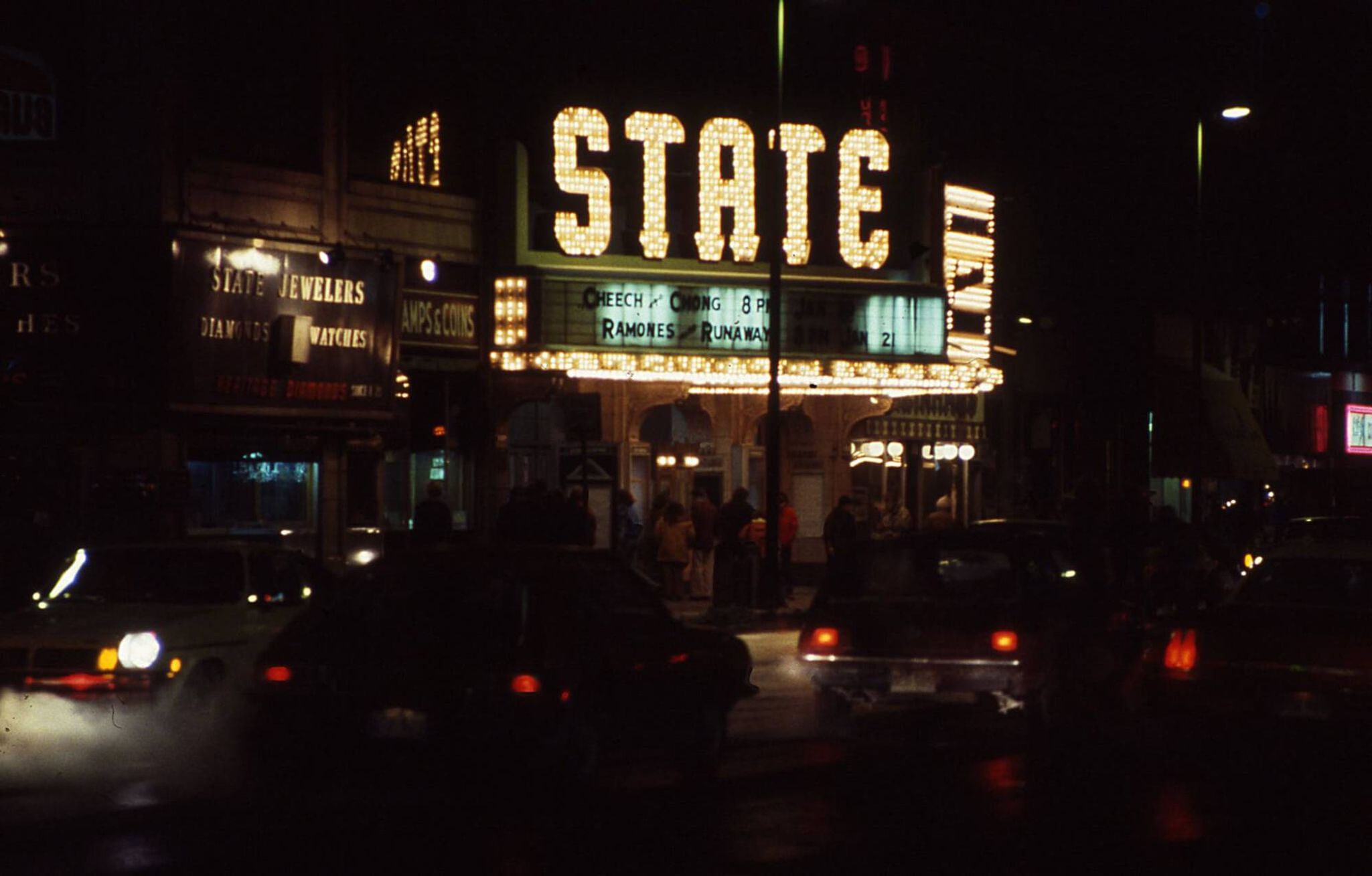
How did the idea to do a story on The Ramones come about?
Tom: The country itself at this time was going through the punk and new wave music experience. The Sex Pistols were doing their industrial city tour of the country and causing daily headlines. I was shooting videos on the side with local groups like The Suburbs and The Wallets. New music seemed to be everywhere, so when I suggested doing something with the Ramones it was accepted without much fuss.
It's strange but the Ramones music wasn’t getting the kind of airplay their record company wanted, so when I asked to cover the concert and interview them backstage, I was given permission to do so right away by the record company and their management.
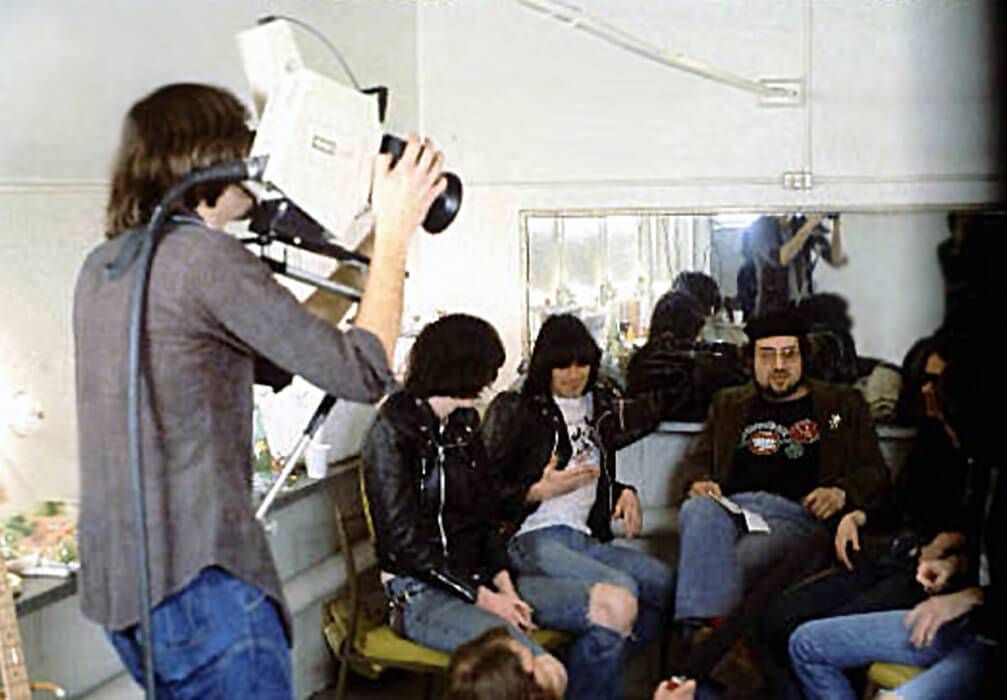
Were The Ramones easy to work with? What were they like?
Tom: When we arrived at the State Theater, there they were waiting backstage for us. They were very open to being asked questions, didn’t have that nasty punk attitude I was fearful we’d have to deal with. Quite the opposite. They were very talkative and seemed to enjoy what we were doing. Johnny and Tommy seemed to answer the most questions, with Dee Dee and Joey adding side comments.
They even said yes when I asked if I could shoot them rehearsing backstage while the opening act (The Runaways) played the first set. I really wish I still had that raw footage. In fact I wish the raw footage of the concert itself still existed as they let us record the whole show. I had all the songs in the playlist to pick from in the edit.
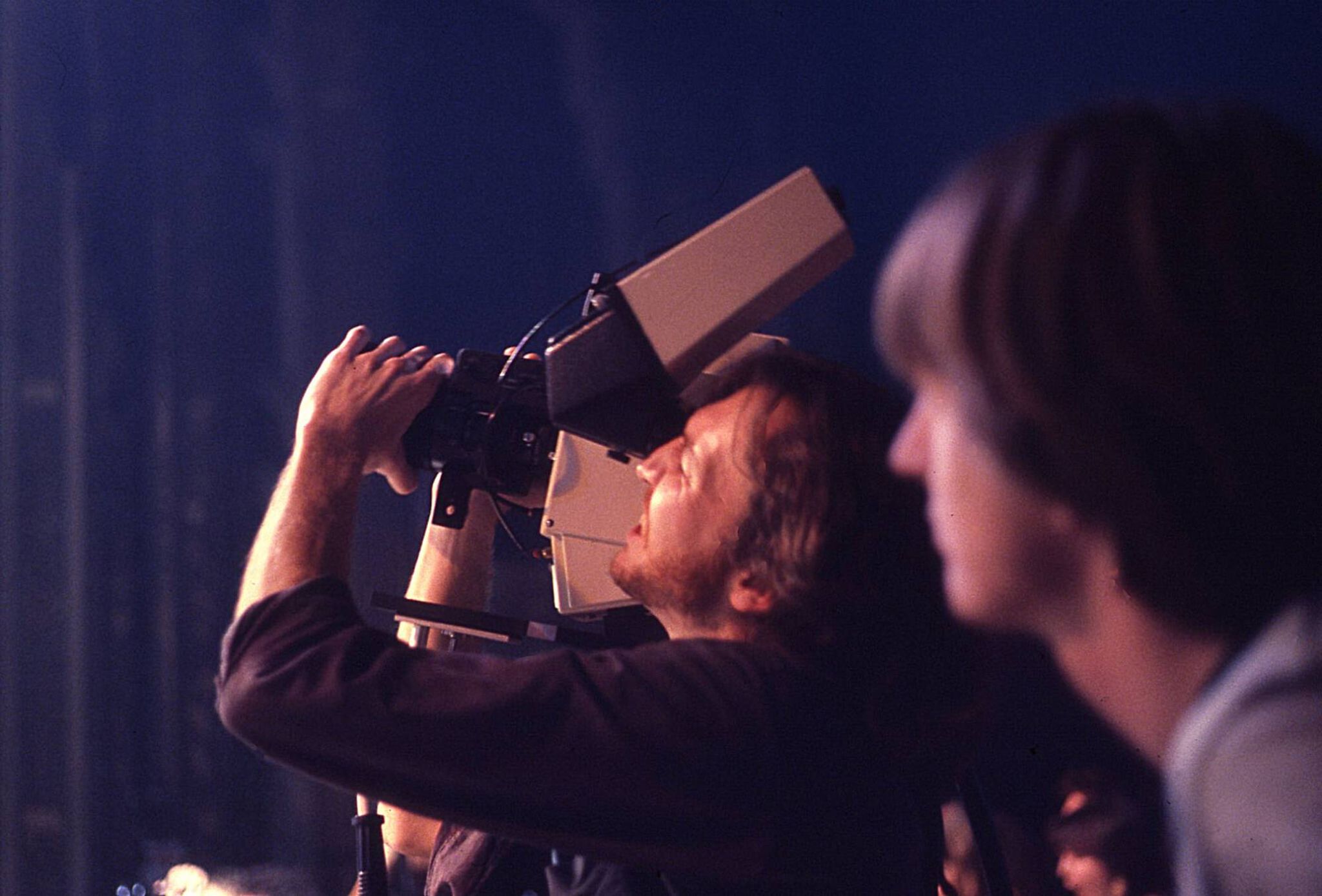
Can you tell us a little about the production itself?
Tom: Peter Brownscombe who was the other remote cameraman at the station came along on this shoot to relieve my aching back from time to time as the camera (we used only one camera) we were using (handheld) was state of the art at the time, but rather large and heavy compared to what we use today. Portable video cameras were still kind of in their infancy at this time. People didn’t carry 4k capable cameras on their phones. There were no cellphones. Just a few years earlier if you shot on remote you shot with a film, movie camera. Portable video didn't exist, just large studio cameras which is what video was shot on. So our new large CEI camera was a very exciting device which gave us a great sense of freedom at this time.

What else do you remember about that night?
Tom: I got to shoot on stage with the group for the first 5 or six songs (Ramones songs were happily short). The playlist is still listed online, (https://www.setlist.fm/setlist/ramones/1978/minneapolis-auditorium-minneapolis-mn-4bdeaf52.html)
Then we shot front and side stage for the rest. It was great hanging out with the people who came to see the show. Our sound recordist Tom Meyer roamed about recording comments of people's reactions to the evening. We were given a direct feed of the music from the group's sound-man so he was free to mill about with a Nagra tape recorder.
There was amazing energy in the State theater that very cold January night.

What was the reaction to the piece once it aired?
Tom: Its funny but I don’t remember much of a reaction to the segment when it aired. I got more of a response years later when I made a copy (from a VHS tape) and put it on YouTube. But maybe thats just the nature of the two way communication one gets from the internet.
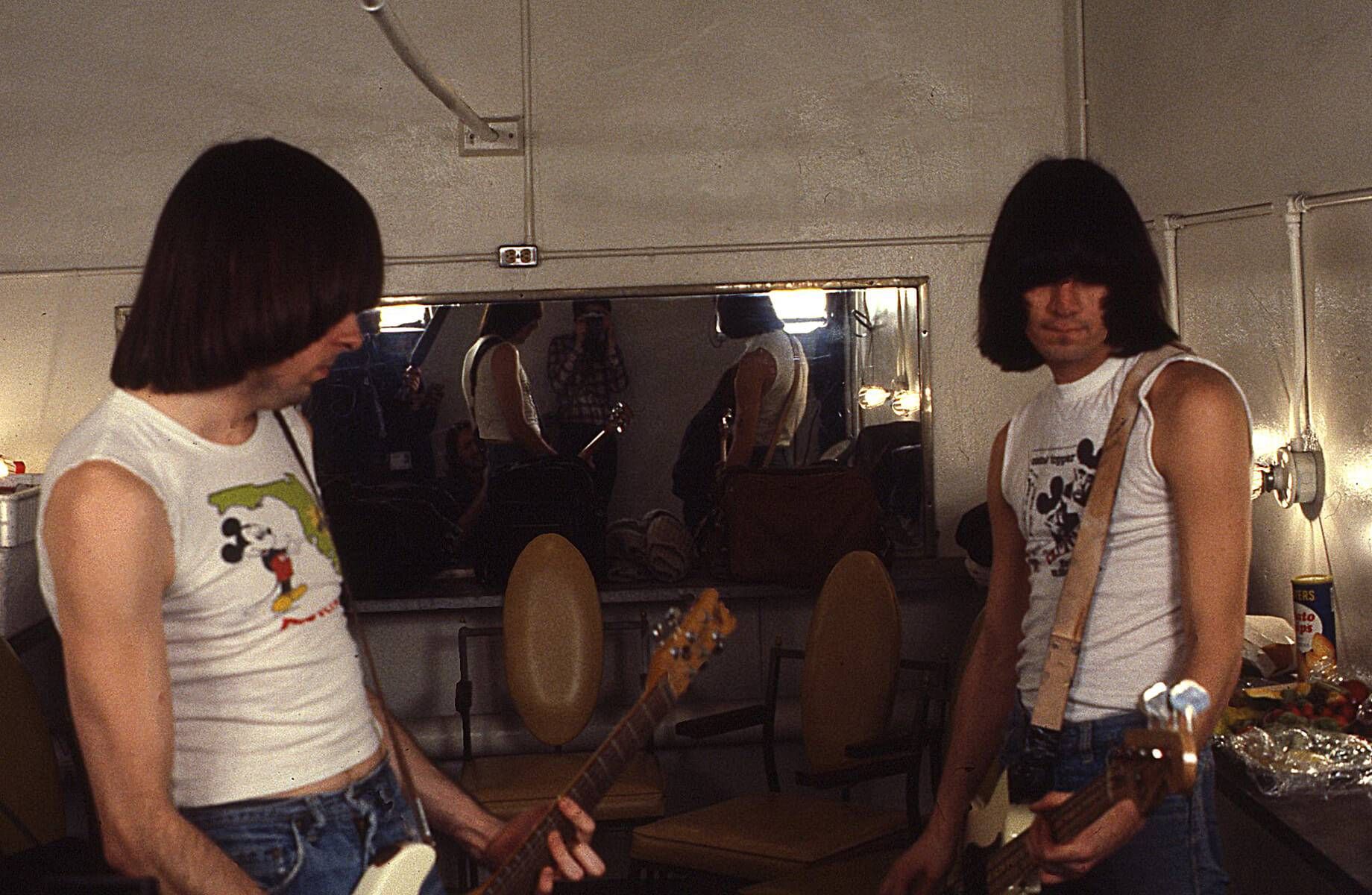
If you're interested in the first time the Ramones played the Twin Cities, check out this short video on their 1977 concert in St. Paul at Kelly's Pub.
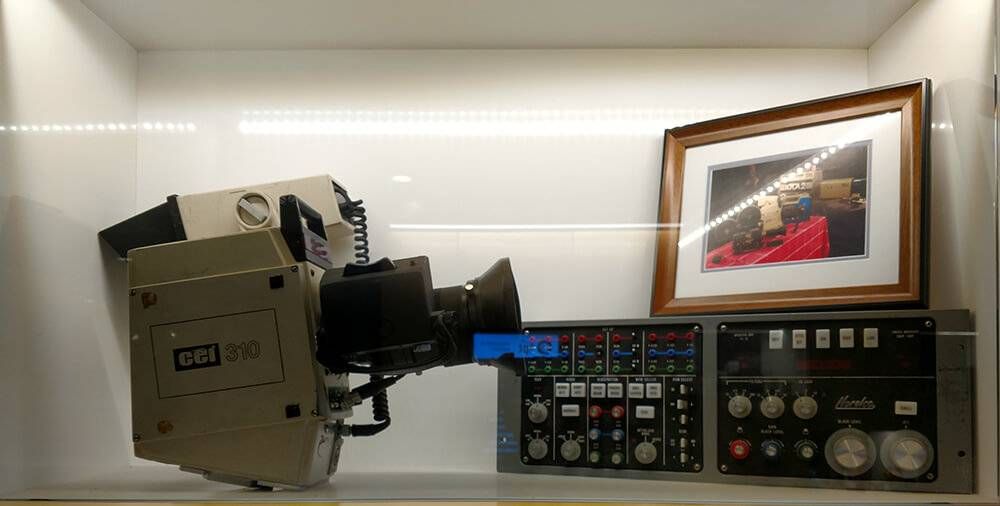

This story is made possible by the Arts and Cultural Heritage Fund and the citizens of Minnesota.
